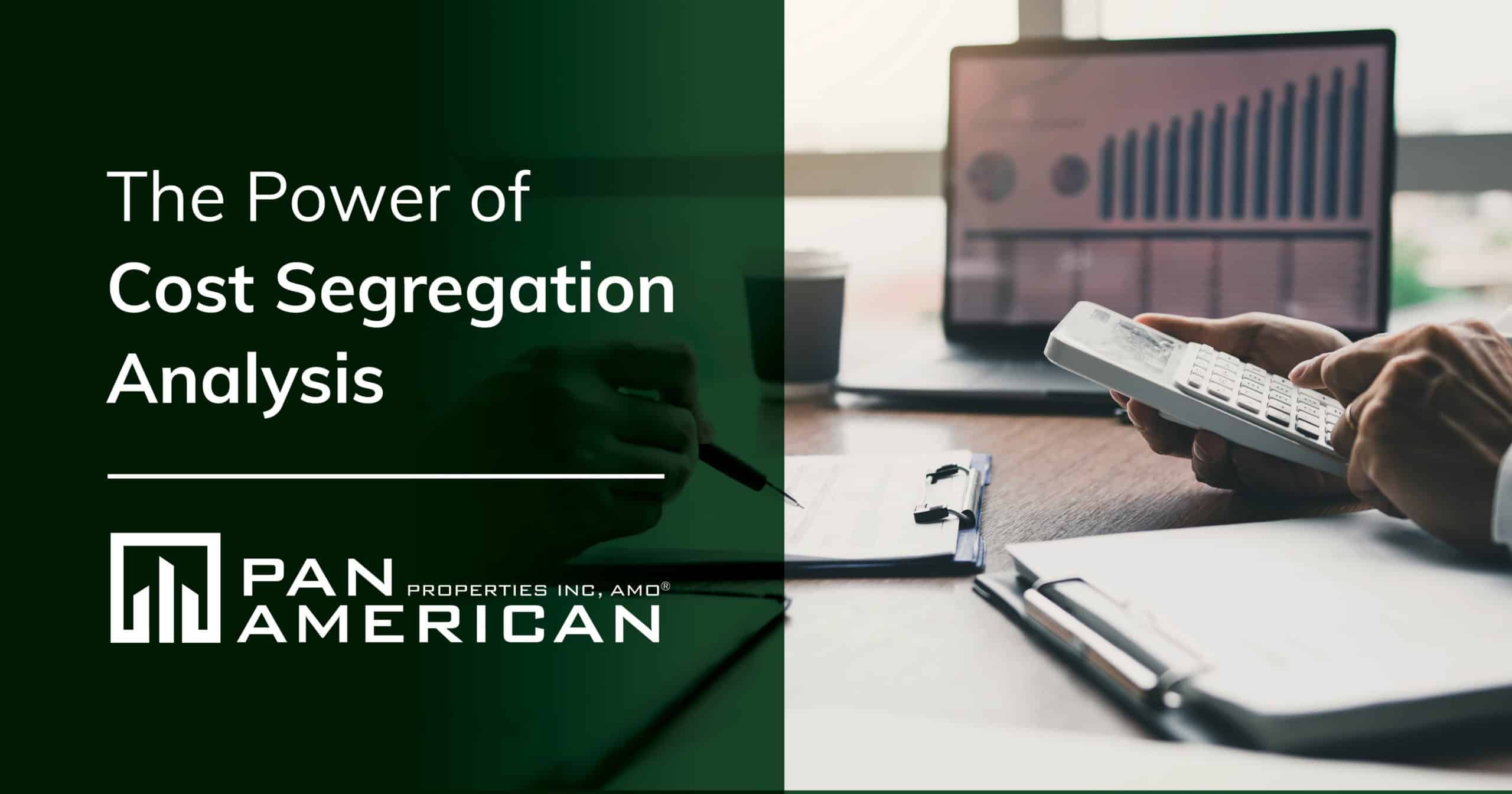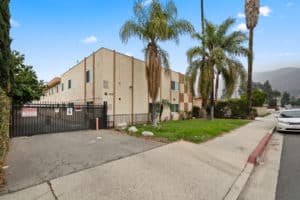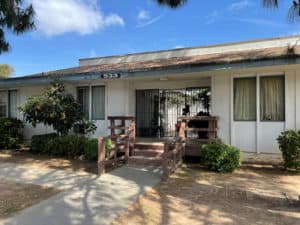In the investing world, taxes have a significant influence on the overall performance of an asset. That is especially true of real estate, where rules governing depreciation, capital gains, and business taxation offer opportunities for sophisticated investors to lower their tax bills and ultimately realize a higher return.
Cost segregation analysis is a great way to unlock a property’s tax potential within the first couple of years of ownership. In a nutshell, a cost segregation analysis (often referred to as “cost seg” by tax accountants) dissects a property into distinct categories as determined by federal tax depreciation schedules. The owner can take faster depreciation on those portions of the property that qualify for speedier treatment than the land itself. Let’s break it down.
How does tax depreciation of real estate work?
The tax code’s depreciation rules dictate how a taxpayer writes off expenses associated with purchasing an asset with an expected useful life of more than one year. The tax code provides specific depreciation schedules for different long-term asset types. An asset’s depreciation schedule determines the number of years over which an expense must be spread in the taxpayer’s returns.
Here’s a simplified example. A building owner purchases a piece of equipment for $5,000. The equipment falls into a depreciation category that dictates a straight-line five-year depreciation schedule. Assume that at the end of that five years, the equipment will have no salvage value. Pro rating the expense over the prescribed depreciation period, the taxpayer will claim an expense of $1,000 each year over the subsequent five years’ tax returns.
Assets must meet specific requirements to be eligible for depreciation. The taxpayer must own the asset and must use it for business or income-producing activity. The asset must also have a determinable useful life that is expected to be more than one year.
What does cost segregation do?
Because land cannot be “used up” like other assets, it cannot qualify for depreciation. On the other hand, buildings do wear out, but very slowly: commercial buildings depreciate over 39 years, and residential buildings depreciate over 27.5 years.
The reason for cost segregation analysis is that personal property tends to be depreciable over much shorter timeframes—five to seven years in most cases—along with having other advantages like accelerated depreciation in the first years of ownership. For a building, you can categorize many types of fixtures as personal property: the doors, windows, and in some cases, even the electrical system can be subject to much shorter depreciation periods than the building itself.
How cost segregation works
In a typical transaction, the purchaser rarely receives a comprehensive report of how the property breaks down along tax depreciation lines. The purchaser might have certain details, like the price paid for a new furnace or recent remodel work. Still, many of the personal property assets within a building will be balled together with the total purchase price along with the structure and the land.
In a cost segregation analysis, trained professionals analyze a building to identify each asset separated (on paper) from the building itself. Records from the purchase, including the buyer’s due diligence efforts, will be used along with a detailed study of the building’s plans. This step is typically handled by engineers who specialize in cost segregation analysis. As part of the process, experts will visit the property to check that every asset reflected in the paper records exists on the ground, so an accurate report and, eventually, an accurate tax filing can be prepared.
Is cost segregation the right choice for you?
If this process sounds laborious and expensive, don’t be deterred. When conducted in the first few years of ownership, a cost segregation analysis can deliver significant tax savings. The most crucial step is finding a reputable, trustworthy firm to conduct the analysis. In the event of an IRS audit, an investor needs high-quality backup.
At Pan American, we have established relationships with cost segregation professionals who deliver consistent, reliable results for our clients. We will work with you to determine if a cost segregation analysis is a suitable strategy for your property. If we think it’s the right course, we’ll start planning for the cost seg process before you’ve closed the deal.
If you have questions about how cost segregation analysis could improve your bottom line, call us at (888) 754-9700 or send us an email at [email protected]. We’re looking forward to working with you.






